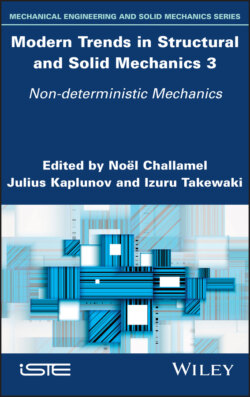Читать книгу Modern Trends in Structural and Solid Mechanics 3 - Группа авторов - Страница 21
1.8. Modeling
ОглавлениеMore generally, and rounding out the above discussion, when compared to the tremendous number of papers that describe experimental results and hypothesize causes, effects and couplings, there have been a comparatively small number of works on the mathematical modeling of various aspects of mitochondrial function. Early examples of such models (Magnus and Keizer 1997, 1998a, 1998b) are quite complex, with simpler derivative models attempted (Bertram et al. 2006; Saa and Siqueira 2013). Derived equations govern ATP production during glucose metabolism via oxidative phosphorylation. There have also been efforts to relate mitochondrial dynamics to neuronal spike generation, providing a powerful tool for disease modeling and potentially enabling clinical interventions (Venkateswaran et al. 2012). A computational model for the mitochondrial respiratory chain is derived to appropriately balance mass, charge and free energy transduction (Beard 2005). Evidence exists of optimal decisions occurring within the mitochondria. The challenge of formulating even a simple model is a serious undertaking.
Mathematical modeling has been attempted for other critically related aspects of energetics, but are beyond our scope here, which has been to provide background on the mitochondria, where optimizations appear to have been the governing framework for processes.
Due to the formidable challenges in gathering biological data, understanding cause and effect, and even identifying all the components and constituents of cells, it is fully understandable and logical that these have taken precedence in the research community. As these aspects have become better understood and deeper, we have seen that mathematical modeling efforts have started to take hold and bear fruit.
